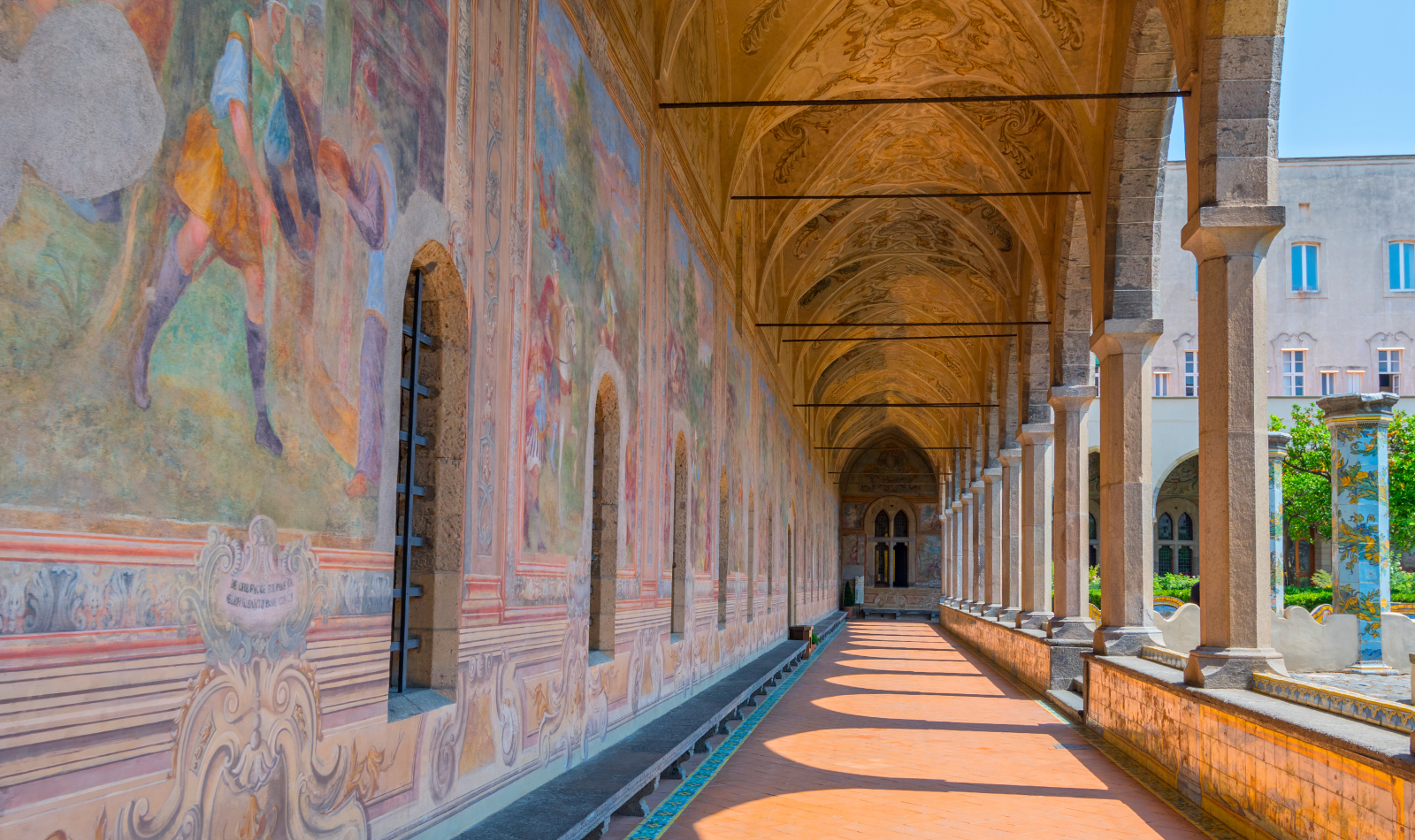Naples is a city with an invaluable artistic, cultural and historical heritage, a place where they are dozens museums, palaces, monuments, parks and churches to visit absolutely, but also a real open-air museum in which to be amazed even just walking.
from Sansevero Chapel at the Museum of Capodimonte, from the suggestive subsoil with the Catacombs and the Underground Naples, passing through the squares and the magnificent Lungomare, the city offers endless attractions for citizens and tourists.
Here is a selection of places not to be missed during a visit to Naples.
Sansevero Chapel and Veiled Christ
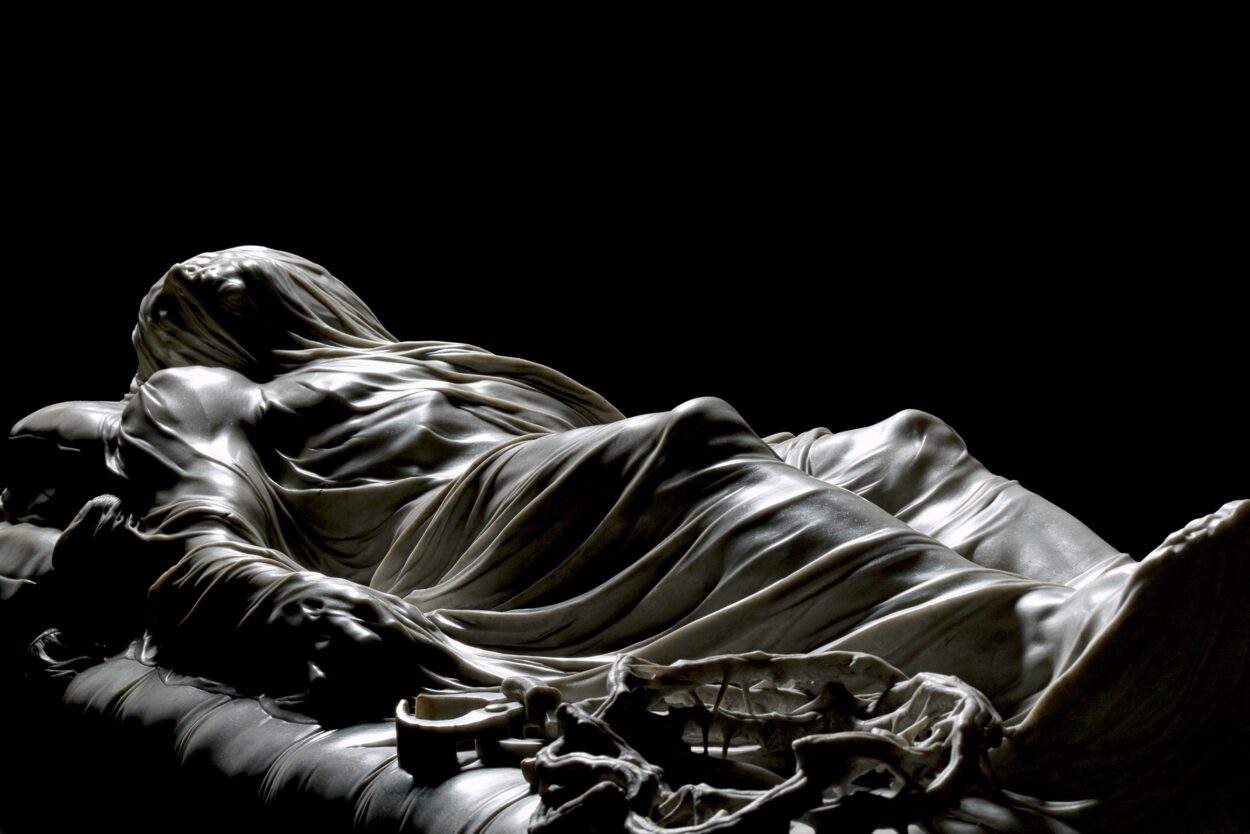
The Sansevero Chapel is an important museum, famous for the sculpture of the Veiled Christ, by Giuseppe Sanmartino, who realized the body of Jesus and the transparent veil on his face from a single block of marble.
On the site there are dozens of other sculptures and works finely crafted and with very detailed details, among which stand out Statues of Pudiance and Deception and the Anatomical Machines.
The ceiling has a beautiful fresco of the 1749, whose colors still today are very vivid, characteristic attributed to the alleged alchemical abilities of Raimondo di Sangro, owner of the building.
Advice before the visit
We advise you to purchase tickets in advance since the queue easily tends to become very long with the risk of not being able to enter at all. On particularly "hot" days, such as during the Christmas or Easter period, there can be a long wait in line even at an hour and a half. Visiting at "strategic" times is highly recommended, but don't sacrifice the visit: it really is a must have.
Where it is: Via Francesco de Sanctis, 19/21, 80134 Naples NA
National archeologic museum
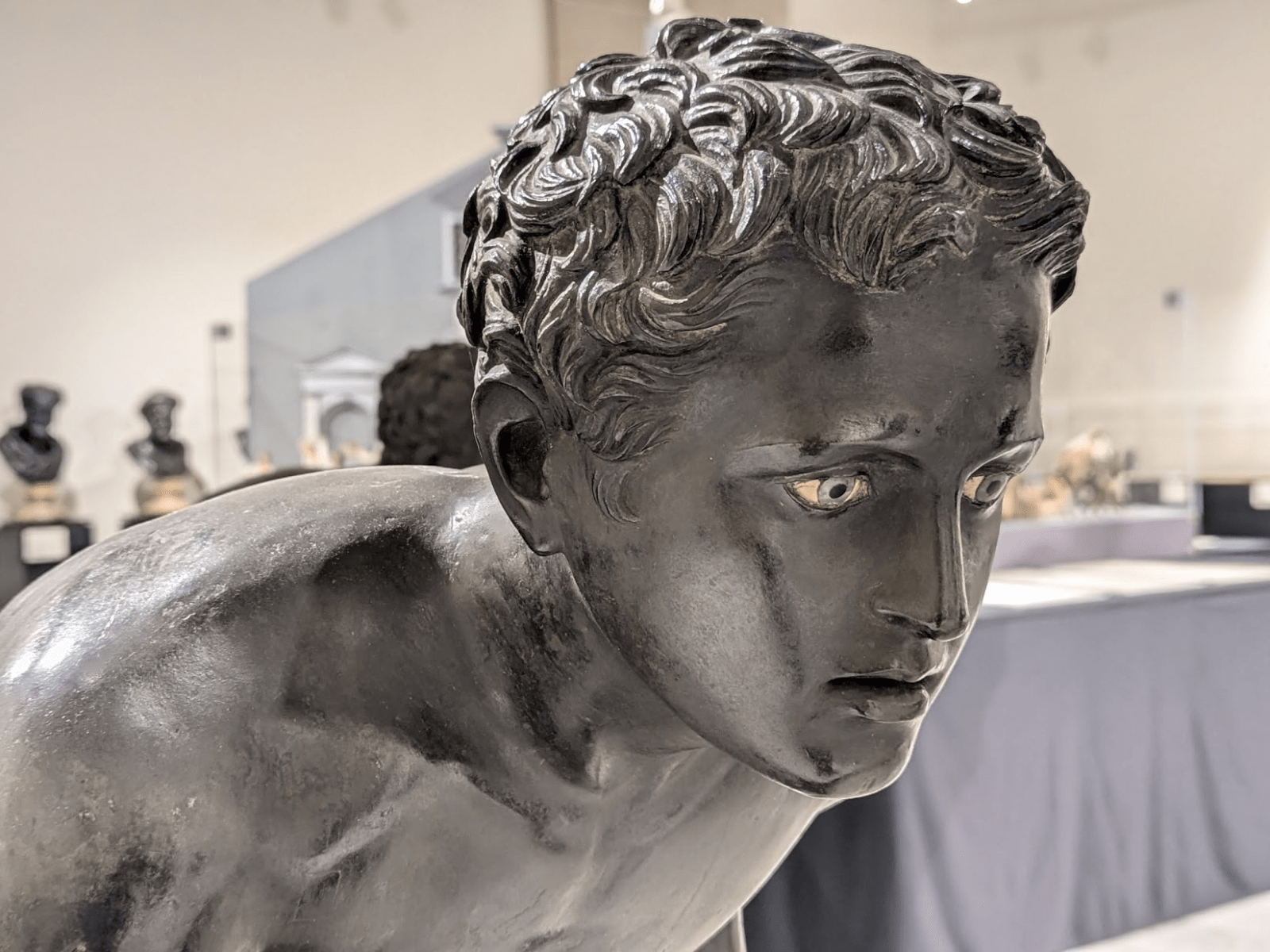
It is the most important in the world as regards the finds and works of the Roman era as well the site with the richest Italian heritage of archaeological works. It stands on the Greek necropolis of ancient Neapolis and is divided into three main sections containing the Farnese collection, the Pompeian collections and the Egyptian section. To these are added the Topographical Section from Prehistory agl Etruschi, the Epigraphic and Numismatic Collections, the Neapolis Station and the Salone della Meridiana.
The most important pieces are the Hercules and the Toro Farnese, the Atlas and the entire collection of Egyptian artifacts, the second largest in Italy.
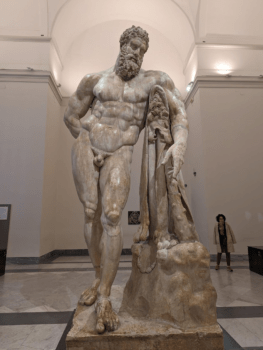
Advice before and during the visit
Usually it is not necessary to purchase tickets in advance as there is rarely a queue. Check if he is there on the days of your presence one day of free visit, often happens on the first Sunday of the month if it is active at that time.
During the visit:
- Explore the main collections: The MANN is famous for its rich collections, among which stand out:
- Farnese collection: Including classical sculptures of great value such as the Farnese Bull and the Farnese Hercules.
- The frescoes and mosaics of Pompeii and Herculaneum: They offer a unique insight into the daily life, art and culture of ancient Rome.
- Don't forget the audio guides: Available in various languages, they provide context and fascinating details about the objects and works on display.
Museum and Bosco of Capodimonte
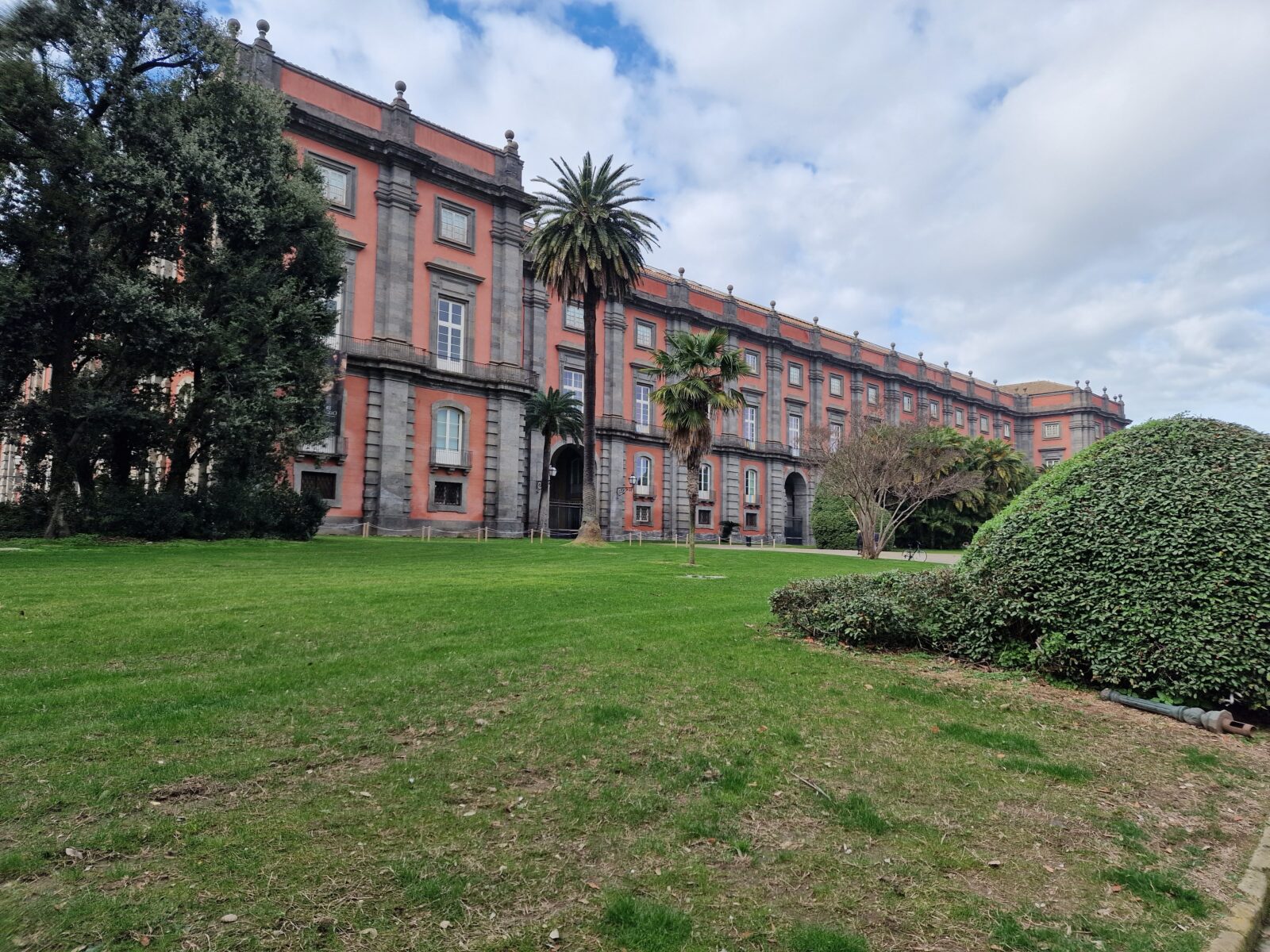
It is the most important art gallery in Naples. The most relevant collections are the Farnese collection with important names in Italian and international painting (Raphael, Botticelli and Bruegel), the Neapolitan Gallery with works by Simone Martini, Ribera and Flagellation of Christ by Caravaggio, the section of Contemporary Art with the Vesuvius by Andy Warhol. There are also the Bourbon Armory, the Royal Apartment and the Porcelain Gallery.
It is surrounded by the Real Bosco that develops in five long avenues main and numerous secondary roads and esplanades, with hundreds of secular and fruit trees, plants and a good fauna.
Tips for visiting
Before your visit, check the public transport options available as the area is poorly connected.
- Public transport: The bus remains the main option to reach the Museum and the Capodimonte Forest. Check available timetables and lines to best plan your trip.
- By car:: If you prefer to go by car, consider parking in parking areas slightly away from the forest as they are much cheaper than those right next to it
- Naturalistic paths: The Forest offers several paths to explore. One of the most evocative is the path that leads to the "Reggia di Capodimonte", from which you can enjoy a breathtaking view of Naples.
- Calendar: The Museum and the Capodimonte Forest regularly host special events, workshops and temporary exhibitions. Check the calendar to enrich your visit.
- Room 71 – Caravaggio: Don't miss the famous “Flagellation of Christ“, one of Caravaggio's masterpieces kept in the museum.
- Appartamenti Reali: Look closely at the refinement of the furniture and furnishings that tell stories of bygone eras.
- Contemporary art section: For lovers of modern art, this section offers a variety of works ranging from post-war to the present day, with pieces by Italian and international artists.
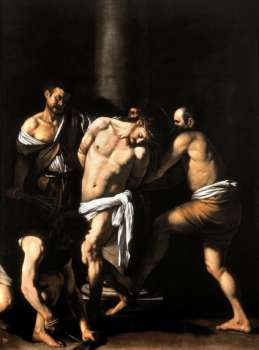
Piazza del Plebiscito
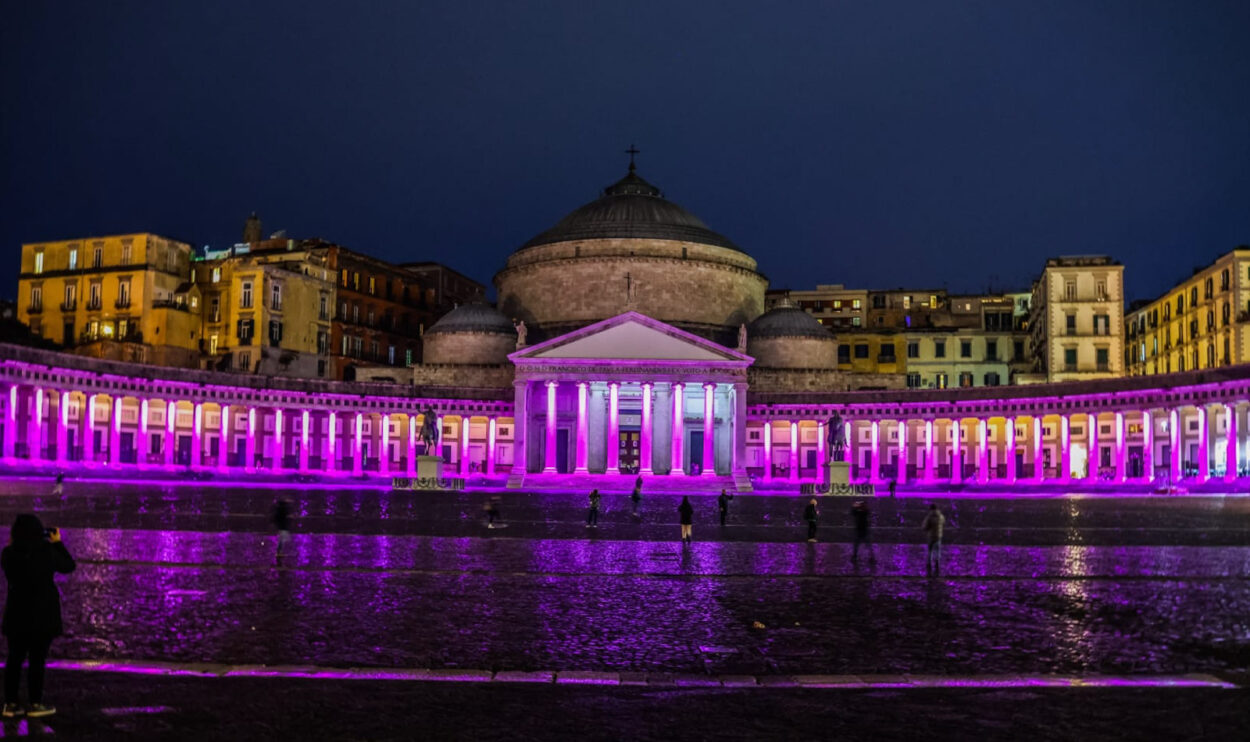
Piazza del Plebiscito is the square symbol of Naples and is located at the end of via Toledo, shortly after Piazza Trieste e Trento. It's wide 25000 square meters and it is often used for events, manifestations or concerts of classical music of national caliber.
It was only in 800 that the first real works of reconstruction took place, with the government of Giaccohino Murat, while it was Ferdinando I who had the monumental Church of San Francesco di Paola and the two equestrian statues of Charles III and Ferdinand himself on one side of the hemicycle.
To consider before your visit
- Better hours: To avoid the crowds, consider a morning or evening visit. The sunset light offers a magical view of the square.
- Events and events: The square often hosts cultural events and concerts. Check the programming for a unique experience.
Tips for visiting
- Photographic route: Don't miss the opportunity to capture architectural symmetry and sculptural details. The square is a true paradise for photography enthusiasts.
- Relaxing walks: Take advantage of the large space for a quiet walk, admiring the view of Vesuvius and the Gulf of Naples.
- Historic cafes: Take a break in one of the historic cafés around the square to savor the Neapolitan atmosphere.
After the visit
- A short distance away is the National Library of Naples
- In the same place you can visit the Royal Palace of Naples with its Court Theatre
- By stretching a little further you can reach the historic San Carlo Theater in Naples
- If you prefer to go shopping instead, continue along Via Chiaia or Via Toledo
Royal Palace of Naples
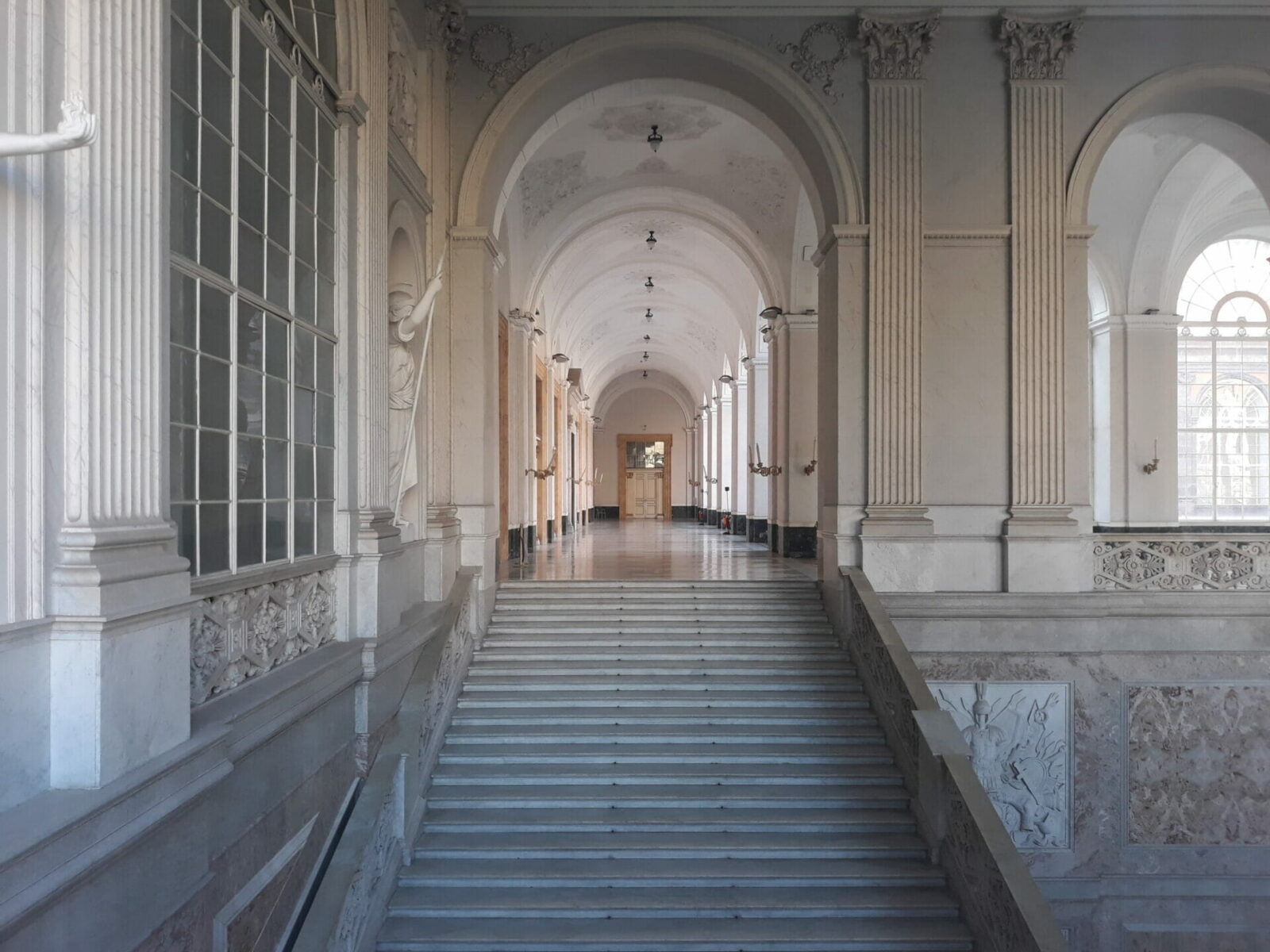
Overlooking Piazza del Plebiscito, Piazza Trieste and Trento, Piazza Municipio and Acton street. It was built in the sixteenth century during the Spanish viceroyalty, but it was also residence of the Bourbons, of Gioacchino Murat and of the Savoy. King Vittorio Emanuele III gave it to the State in 1919 ed currently it is a museum, above all relative to the area of the Royal Apartments, as well as being the seat of the National Library.
The buildings stand on the main façade statues of the main kings of Naples: Roger II of Sicily, Frederick II of Swabia, Charles of Anjou, Alfonso V of Aragon, Charles V of Hapsburg, Charles III of Spain, Joachim Murat and Victor Emmanuel II of Savoy.
Tips for visiting
- Program of the visit: The Palace hosts various exhibitions and collections, including temporary ones, while on some days of the year admission is free. Consult the official website to choose when to go and what to see
- Do not miss:
- Historic apartments: These beautifully furnished rooms offer a glimpse into the daily life of the royal court, with period furniture, tapestries and works of art.
- The Palatine Chapel: An architectural jewel inside the palace, with rich decorations and works of sacred art.
- The Court Theatre: Often overlooked, this small theater is a fascinating example of the royal family's opulence and love of art.
- Library Palatina: If you are a book enthusiast, this collection of manuscripts and ancient volumes is unmissable.
Lungomare and Castel dell'Ovo
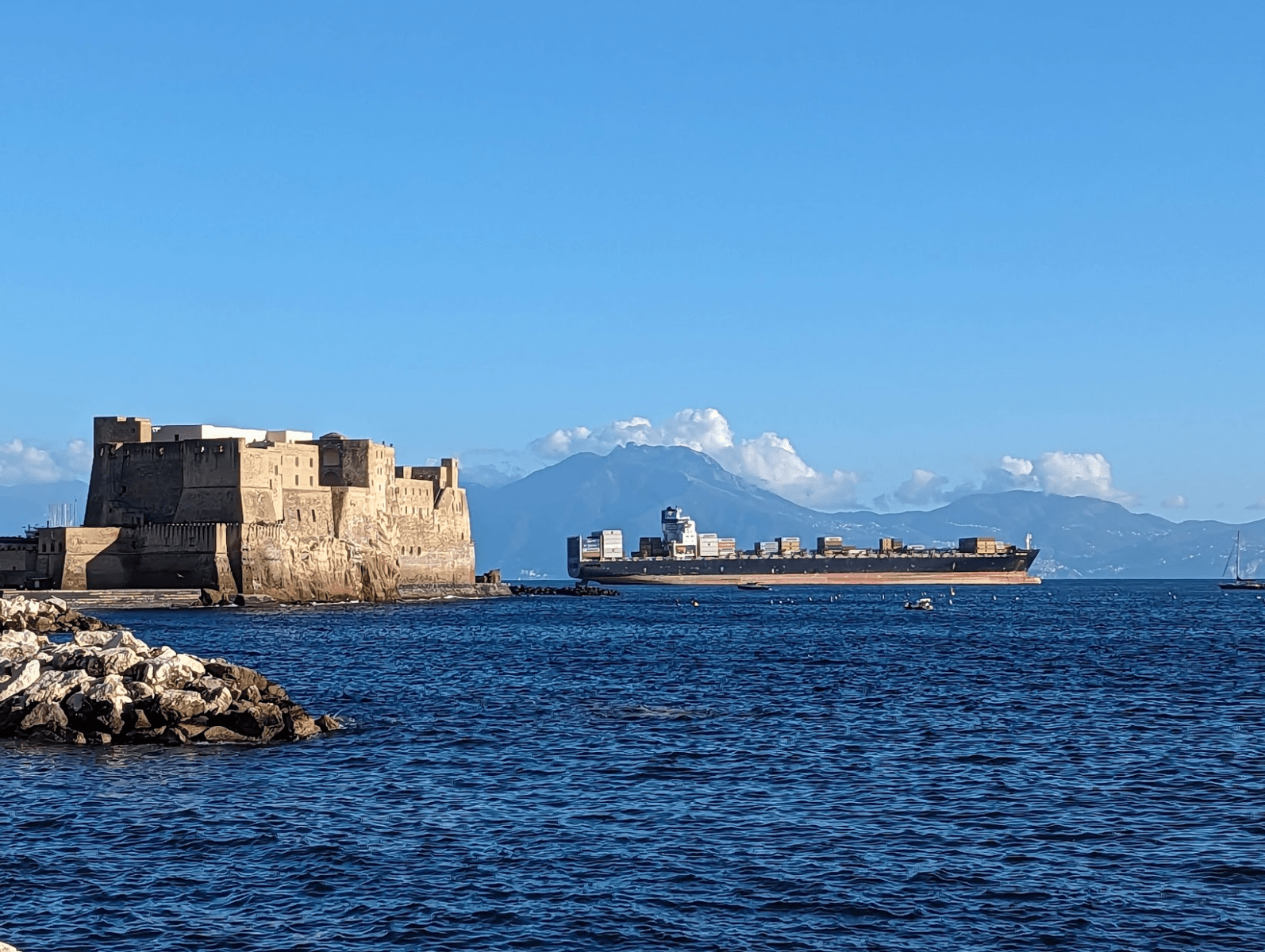
The Lungomare di Napoli is the beautiful walk of 3km which starts from Mergellina and includes via Caracciolo, via Partenope and via Nazario Sauro. For a while along the Villa Comunale and overlooking the Gulf allowing you to admire in the distance Vesuvius, the islands of Ischia and Capri and the Sorrento peninsula.
It is largely pedestrian and is ideal for long walks on foot or by bike and for jogging.
The Castel dell'Ovo rises on the islet of Megaride and is the oldest castle in Naples. Inside, the Sala delle Colonne of the Roman villa of Lucullus, the terraces with Spanish cannons, the Maestra and Norman Towers and the monks' rooms.
Tips for visiting
- Exploration: Don't miss the panoramic points of the castle, from which you can enjoy breathtaking views of the Gulf of Naples and Vesuvius.
- Photography: Bring your camera with you to capture the beauty of the castle and its views. But check the rules on photographs inside.
- History and legends: Learn more about the history of the castle and listen to the stories and legends surrounding it, including that of the magic egg, to enrich your experience.
Where is it: Seafront: from via Caracciolo to via N.Zauro; Castel dell'Ovo: via Eldorado, 3 – 80132 Naples
Piazza and Church of the Gesù Nuovo
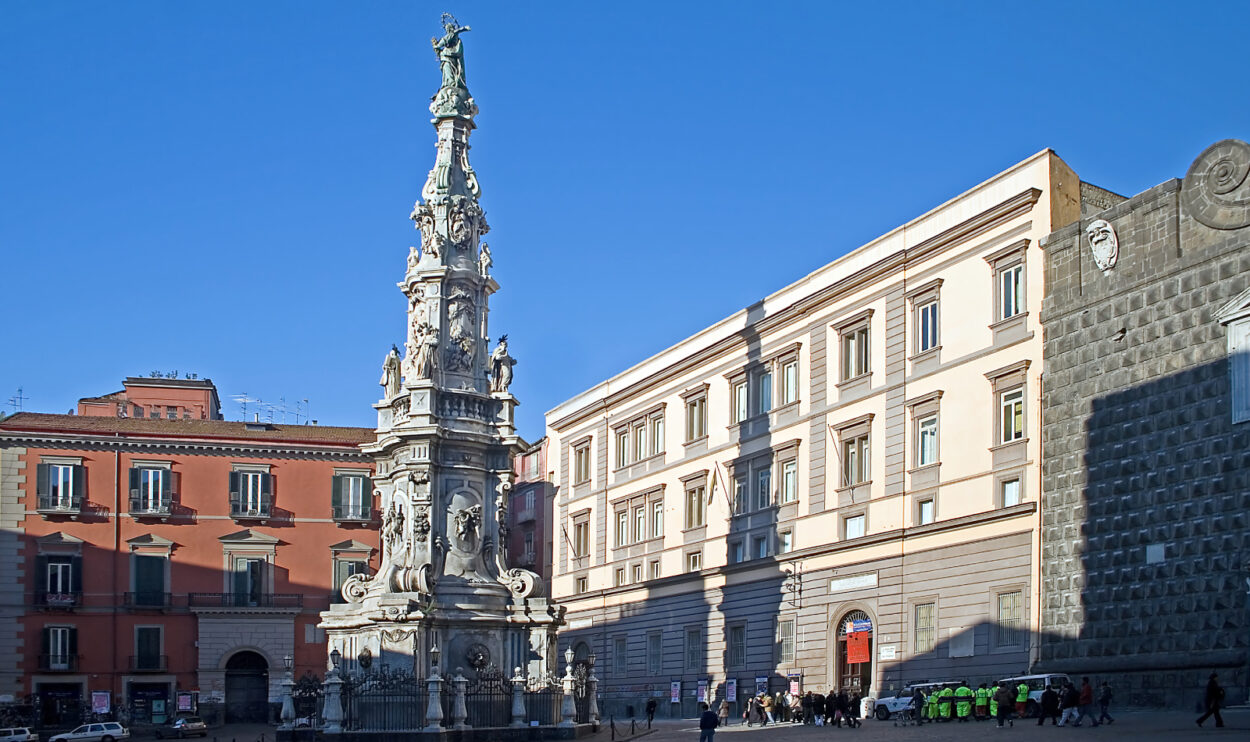
Piazza del Gesù Nuovo is one of the most important squares in Naples and takes its name from the church that stands on one of its sides. It is located on the Decumano Inferiore, is characterized by the presence of a tall marble spire, theObelisk of the Immaculate, and is surrounded by some noble palaces. The church is one of the most important examples of Baroque painting and sculpture in the city and inside there is the body of San Giuseppe Moscati. The façade is characterized by piperno bunkers (diamond-shaped) carved with Aramaic signs that some scholars, in the 2010, discovered to be one musical score. Inside there are ten chapels of the seventeenth century and beautiful frescoes on the ceiling.
Where is it: Piazza del Gesù Nuovo - 80134 Naples
Toledo station
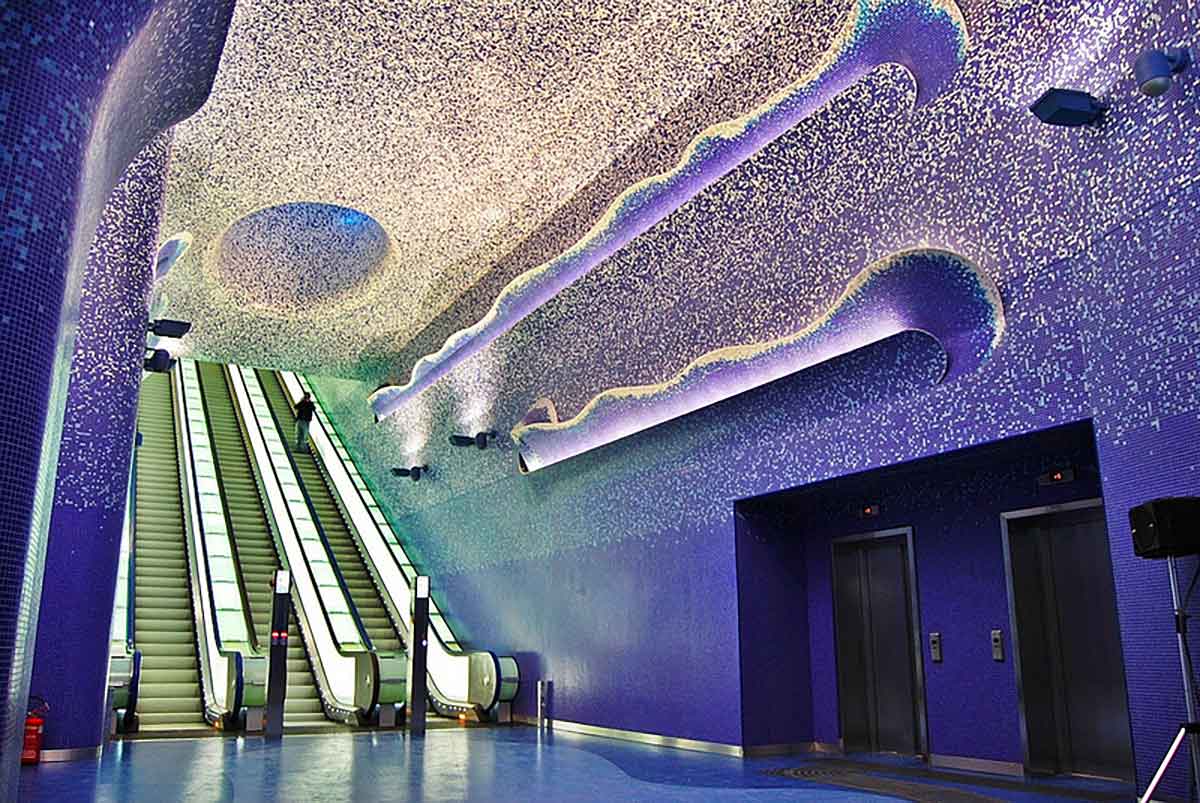
Toledo is one of the Stations of the Art of the subway of Naples, considered the most beautiful in Europe by the Daily Telegraph and CNN and was designed by the Spanish architect Oscar Tusquets. It is very impressive because it is illuminated by large skylights and there are some remains of the ancient Aragonese walls found during excavations. It is enriched by two large mosaics made by emulating the Pompeian style and, descending the escalators, you are immersed in a marine-themed environment, the so-called sea gallery.
The corridors are decorated with aquatic-themed mosaics and in the long corridor there are panels that reproduce the movement of the waves.
Where is it: Via Toledo, 126 - 80134 Naples
Basilica of Santa Chiara
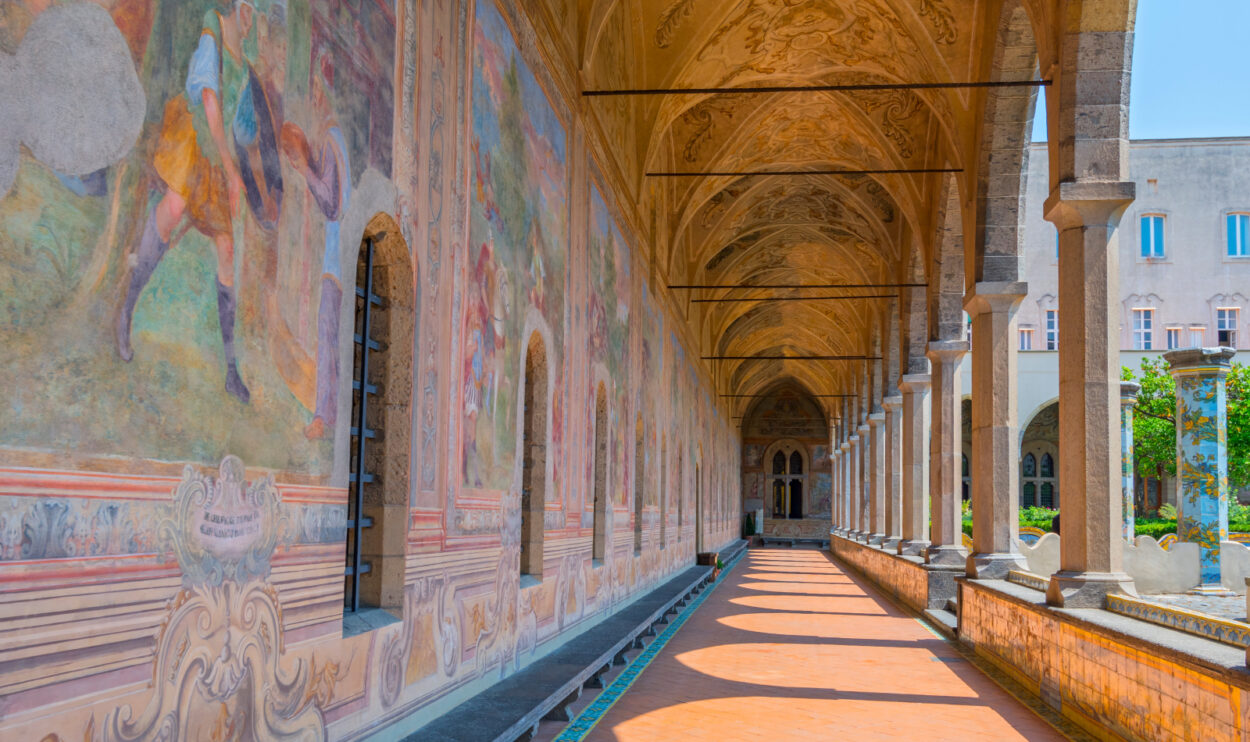
The monastery of Santa Chiaraè the largest Gothic basilica in Naples with four monumental cloisters: the cloister of San Francesco, the cloister of the Friars Minor, the service cloister and the majolica or Clarisse cloister. This, realized by the Vaccaro between the 1742 and the 1769 on a fourteenth-century structure, is decorated with colored ceramic tiles which revisit bucolic themes, allegories and scenes of Neapolitan daily life.
Along the portico there are 66 pillars surmounted by as many arches, while on the walls there are beautiful Baroque frescoes. On the avenues there are benches and columns, also majolica.
Tips for visiting
The Basilica of Santa Chiara, with its austere Gothic beauty, is a place of profound spirituality and art. Inside, pay attention to:
- Do not miss
- The High Altar: An artistic masterpiece that captures the gaze and hearts of visitors.
- The royal tombs: The Basilica is the resting place of illustrious members of the House of Anjou, with funerary monuments of notable historical and artistic interest.
- The majolica cloister: The Cloister of the Poor Clares, with its lively majolica and frescoes, represents an oasis of peace and art. The scenes painted on the majolica tell biblical stories and scenes from everyday life, offering a unique insight into the culture of the time.
- The monumental complex
- Museum of the Opera of Santa Chiara: Explore the museum for a deeper understanding of the history and art of the complex. The collections include archaeological finds, works of sacred art and historical objects linked to the life of the convent and basilica.
- Archaeological excavations: Don't miss the excavation area, which reveals the historical stratifications of the site, from Roman times to the present day.
- Silence and respect: Remember that the Basilica is a place of worship. Maintain respectful behavior and a moderate tone of voice during the visit.
- Appropriate clothing: Be sure to dress appropriately for entering a sacred site, covering your shoulders and knees.
Where is it: Piazza del Gesù Nuovo, 18 - 80134 Naples
Pausilypon Archaeological Park
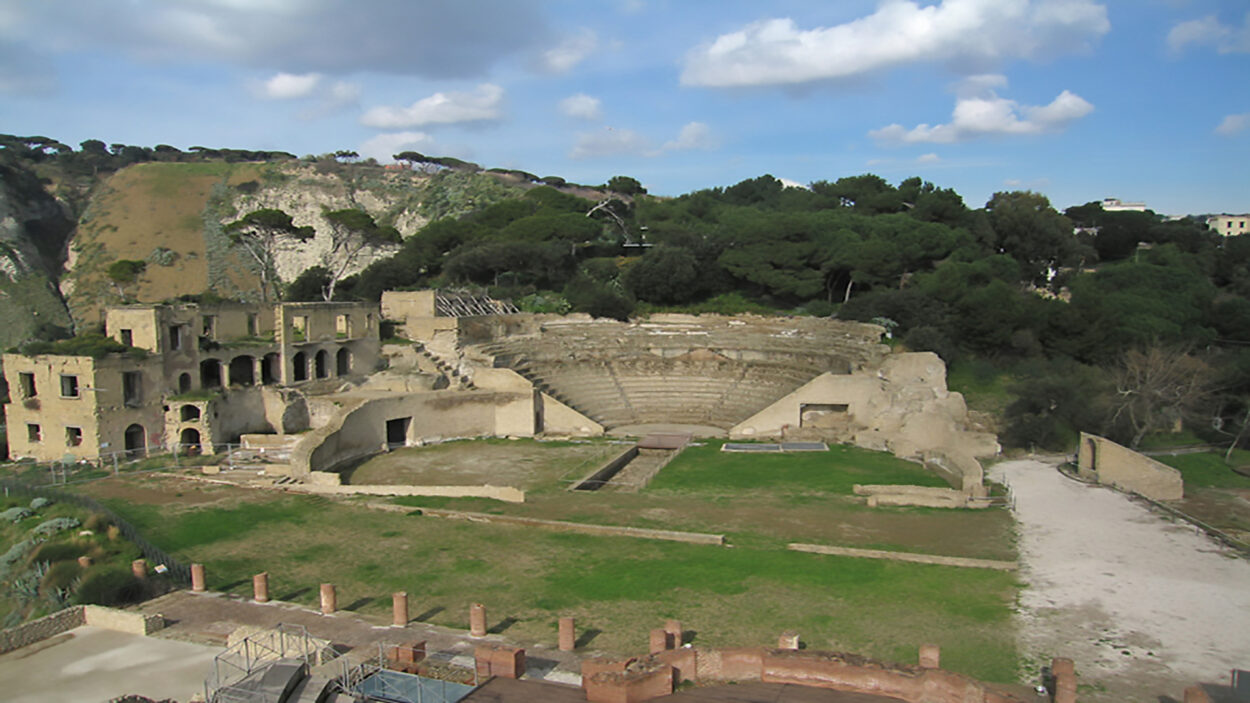
It is an archaeological area in the Posillipo district which can be accessed through the Cave of Seiano, excavated by the Romans and made passable in the 1841 by Ferdinand II of Bourbon.
Overlooking the protected marine area of Gaiola and offers a splendid view of the Bay of Trentaremi and the Gulf. The visit is very suggestive because you can admire the remains of theancient Roman imperial villa of the knight Publio Vedio Pollione and then to the Emperor Augustus. There are also the remains of a 2000-seat theater, the Odeion, a sort of small theater.
Tips for visiting
- Things not to miss
- Cave of Seiano: This impressive tunnel carved into the rock connected the ancient villa to the theater and the sea, offering spectacular access to the property.
- Villa of Pollione: The ruins of the ancient Roman villa offer a glimpse into the luxury life of the Roman aristocrats, overlooking the sea.
- Sejanus Theatre: An ancient Roman theater with an incredible view of the Gulf of Naples. Its ruins still evoke the atmosphere of the performances that were held centuries ago.
- Comfortable shoes: The Park terrain can be uneven and rocky, so wear appropriate walking shoes.
- Photography: Don't forget your camera or smartphone. The Park offers panoramic views of the sea and Naples that you will want to immortalize.
Where is it: Descent Coroglio, 36 - 80123 Naples
Catacombs of San Gennaro and San Gaudioso
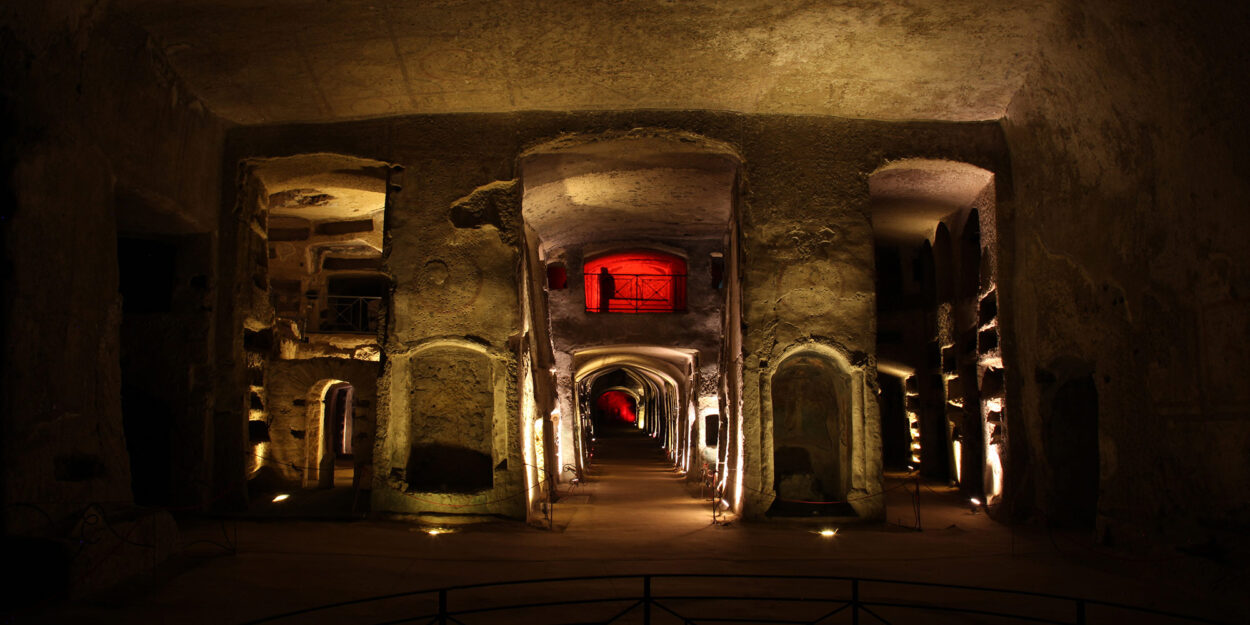
The Catacombs of San Gennaro are the only site in the world of this kind completely accessible, date back to the 2nd century AD and in the 4th century the remains of San Gennaro were brought there (currently in the Cathedral). They contain an underground basilica, the oldest portrait of San Gennaro, frescoes and portraits.
The Catacombs of San Gaudioso are named after the African bishop buried there and are characterized by the presence of the ancient drains (where the corpses lost their liquids) and by niches in which the skulls were embedded. There is also the famous fresco "Allegory of death" which inspired Totò poetry 'A level.
Tips for visiting
- By reservation only: It is advisable to book the guided tour in advance, as access to the catacombs is only possible with a guide.
- Appropriate clothing: Temperatures inside the catacombs can be cooler than outside; so bring a sweater or light jacket.
- Duration of the visit: Each tour lasts approximately one hour.
- Photography: Usually, taking photographs is allowed, but without using the flash. Always check with your guide before shooting.
Where is it: Catacombs S.Gennaro: adjacent to the Basilica of the Good Council - via Capodimonte 13 - 80136 Naples.
Catacombs San Gaudioso: Basilica of Santa Maria della Sanità - Piazza Sanità 14 - 80136 Naples
Buy online skip-the-line tickets for the Catacombs of San Gennaro
Other things you might be interested in:

